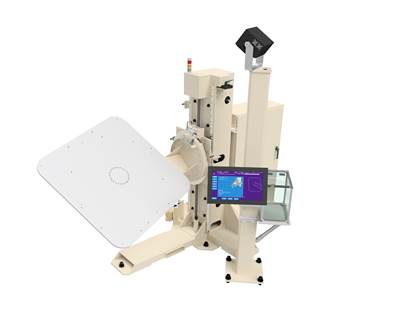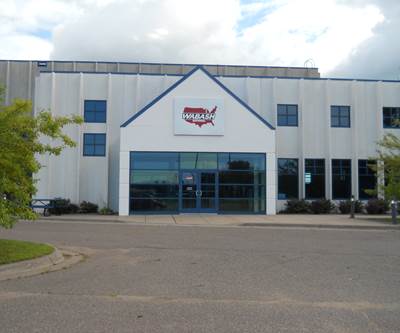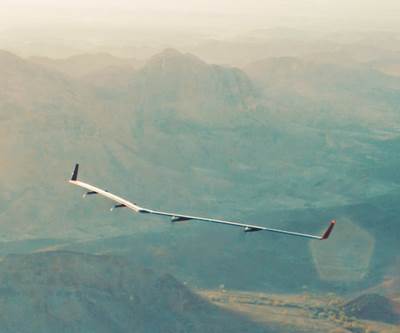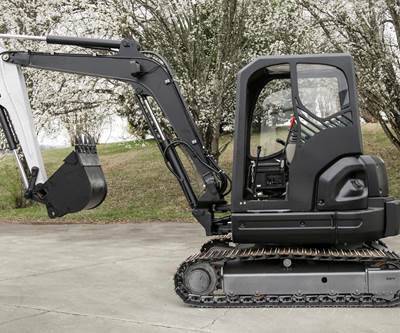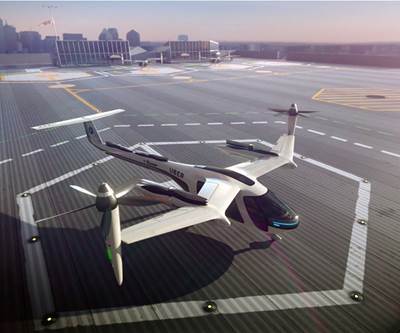Michael LeGault Contributing Writer
Michael R. LeGault is a freelance writer located in Seattle, Washington, U.S., and the former editor of Canadian Plastics magazine (Toronto, Ontario, Canada).
Automation options arise for labor-intensive composites
Typically labor-intensive fabrication processes have more automation options as new technology works in concert with operators to improve efficiency.
Read MoreComposites design and process engineering form next-generation truck body panels
Glass fiber/foam preform technology is key to the all-composite refrigerated truck body panels.
Read MoreTooling technologies positioned for speed, control
Tooling is one of the most rapidly evolving segments of the composites industry, as new technologies and processes like 3D printing, OOA infusion, thermoplastic composites reshape how molds are made.
Read MoreEnergy storage in multifunctional carbon fiber composites
A need for lightweight energy storage technology is fueling the development of carbon fiber composite materials for car batteries and other electronics.
Read MoreBio-composites break into structural automotive applications
A company’s bio-based, polyamide composite comes with a unique property profile that may help it carve a niche in automotive applications.
Read MoreDrones: Unpiloted composite vehicles head out to sea
Although the term drone for the most part has been synonymous with machines built to fly, sailboat drones designed and built by Saildrone (Alameda, CA, US) are poised to replace for expensive (and manned) research ships and stationary buoy systems that now gather marine data.
Read MoreDrones: Composite UAVs take flight
First seen in defense applications, unpiloted aircraft development is surging in the commercial world, enabled by a host of new material, process and assembly technologies.
Read MoreDrones: MIT software casts doubt on solar-powered UAVs
A new MIT-developed aircraft modeling software tool called geometric programming optimization —GPkit, for short — reportedly considers about 200 factors and physical models simultaneously, and then integrates them to create an optimal aircraft design.
Read MoreDrones: Fire-management technology delivery
The new IGNIS remotely controlled pyrotechnic system, designed by Drone Amplified (Lincoln, NE, US) specifically for transport on UAVs for the purpose of prescribed-fire management on public and private lands, was recognized on the US Department of Interior’s 2017 list of top made-in-America innovations.
Read MoreAdditive manufacturing: Big and going commercial
A demonstration of large-format 3D printing delivers parts for an excavator cab, from CAD data to ready for assembly, in only five hours.
Read MoreWind blade spar caps: Pultruded to perfection?
Introduced to the market about five years ago, pultruded, carbon fiber-reinforced spar caps, incorporated as the reinforcing member of wind turbine rotor blades, are a byproduct of the evolution and increasing technological sophistication of the global wind energy industry.
Read MoreGeneral aviation: Reconceiving the personal plane
Enabled by FAA rule changes, small plane manufacturers today are moving beyond the private “pleasure” craft to cutting-edge technologies engineered to offer an affordable means to avoid urban gridlock.
Read More


